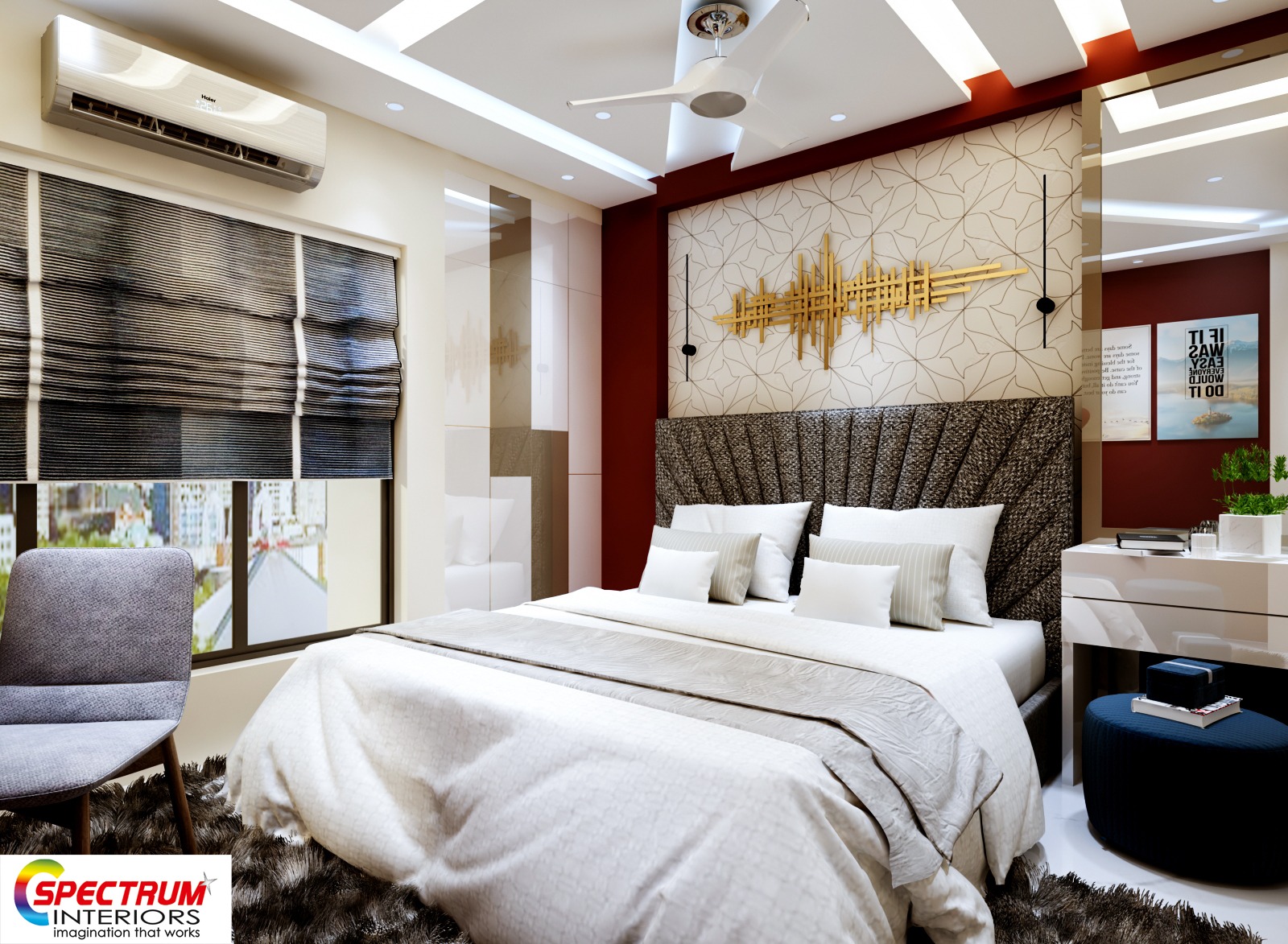Find an expert Architecture Firm for residential and commercial projects.
Find an expert Architecture Firm for residential and commercial projects.
Blog Article
Transform Your Home With Vital Concepts of Inside Design and Looks
By recognizing the effect of shade concept and the importance of texture and patterns, one can develop areas that are not only aesthetically enticing yet likewise deeply personal. Attaining this balance involves even more than simple design; it encompasses a critical plan and a keen understanding of just how each aspect communicates within a space.
Recognizing Color Concept
Comprehending the concepts of shade theory enables designers to produce rooms that resonate psychologically with occupants while satisfying practical requirements. Each classification plays a crucial role in developing consistency within a room.
The mental impact of colors is profound; cozy tones such as reds and oranges stimulate energy and heat, while awesome tones like blues and environment-friendlies advertise calmness and tranquility. Additionally, making use of complementary colors improves aesthetic passion, developing striking contrasts that can elevate a space's charm.
Neutral colors, on the other hand, function as a flexible backdrop, enabling various other style aspects to radiate. It is important to think about variables such as lighting and the space's objective when picking a shade scheme, as these can change the perception of shades throughout the day.
Inevitably, a well-considered color pattern can change an area, cultivating a feeling of convenience and design that lines up with the residents' preferences. Mastery of color theory is, therefore, a vital ability for any kind of indoor designer aiming to produce harmonious and welcoming settings.
Accomplishing Balance in Layout
Just how can developers accomplish a sense of stability in their rooms? Accomplishing balance in style is fundamental to developing unified interiors. Developers can use three primary kinds of equilibrium: in proportion, asymmetrical, and radial. Balanced balance involves arranging components uniformly around a central factor, fostering a feeling of order and harmony. This kind typically features sets of furniture or art work, improving visual security.
Unbalanced balance, on the various other hand, relies on varying elements that still accomplish a cohesive appearance. This method permits more vibrant and informal plans, providing passion while preserving stability. By thoroughly picking varying sizes, shades, and structures, developers can create an aesthetically engaging space that really feels well balanced yet energetic.
Radial equilibrium emphasizes a central prime focus with elements radiating external. This style is frequently seen in round layouts, where furniture and decoration develop a cohesive border that attracts the eye inward.
Eventually, accomplishing equilibrium calls for thoughtful consideration of scale, percentage, and the partnerships in between elements. interior design firms. By skillfully using these equilibrium principles, designers can change spaces into atmospheres that really feel both cosmetically pleasing and functionally unified, enhancing the overall experience for residents
Relevance of Spatial Awareness

An eager feeling of spatial awareness allows designers to recognize prime focus within a room, directing the audience's interest to crucial attributes while keeping an overall sense of unity. It also aids in the strategic placement of lighting, which can substantially affect the perception of room and state of mind. Understanding spatial relationships enables the developer to provide to the certain requirements of residents, ensuring that each location offers its designated function without compromising aesthetics.
Inevitably, spatial recognition is critical for maximizing the possibility of any kind of indoor area. By thoroughly considering the interaction between measurements, design, and function, developers can produce settings that not just meet practical needs however also evoke a sense of convenience and beauty, boosting the general living experience.
Incorporating Appearance and Patterns
Embracing a varied series of appearances and patterns can dramatically improve the visual and tactile charm of an interior area. The strategic usage of different products-- such as wood, steel, fabric, and stone-- develops depth and passion, making an area feel extra inviting and vibrant. As an example, integrating smooth surfaces with harsh textures can establish an equilibrium that draws the eye and engages the detects.
When incorporating patterns, take into consideration both range and repetition. Your Domain Name Big patterns can act as focal points, while smaller, refined styles can match other aspects without frustrating the room. Layering patterns, such as pairing floral pillows with striped tosses, includes intricacy and a sense of harmony if performed attentively.
It is also important to preserve a cohesive shade scheme, making certain that appearances and patterns collaborate instead than complete for interest. By choosing a few crucial textures and patterns, you can create an unified aesthetic that reflects your individual style while enhancing the general ambiance of the room. Inevitably, the mindful consolidation of these aspects can change a mundane space right into look at this site an advanced atmosphere rich with personality and warmth.
Personalizing Your Room
Producing a space that mirrors your character is important to achieving a truly welcoming atmosphere. Personalization in indoor style allows you to instill your distinct style and interests right into your home, transforming it from a plain shelter right into a shelter that talks with who you are. Begin by picking a color scheme that resonates with your feelings-- strong hues can energize, while soft tones use tranquility.
Include artwork and decoration that reflect your interests, whether it be travel, nature, or abstract concepts. Presenting personal collections, such as publications, photographs, or mementos, can stimulate cherished memories and develop prime focus within an area. Furthermore, take into consideration customizing practical items, like upholstered furniture, to straighten with your aesthetic choices.

Verdict
In final thought, the makeover of a home through the vital concepts of interior style and appearance necessitates a detailed understanding of shade concept, equilibrium, spatial Read Full Report awareness, structure, and personalization. Each aspect adds significantly to creating a harmonious and practical living atmosphere - luxury interior design. By thoughtfully integrating these principles, individuals can improve the visual charm and psychological vibration of their areas, eventually cultivating a home that mirrors one-of-a-kind identifications while giving convenience and usefulness
Report this page